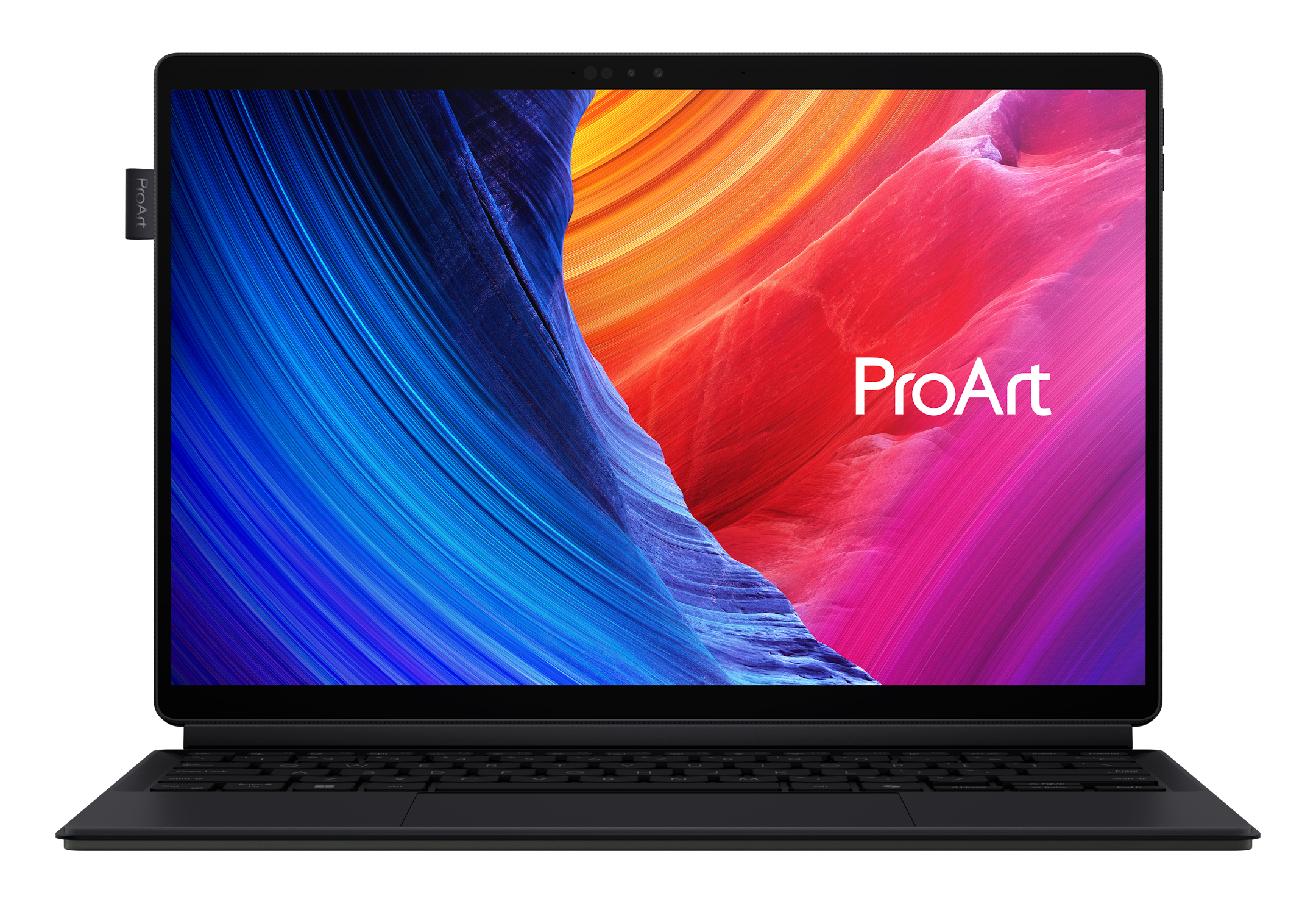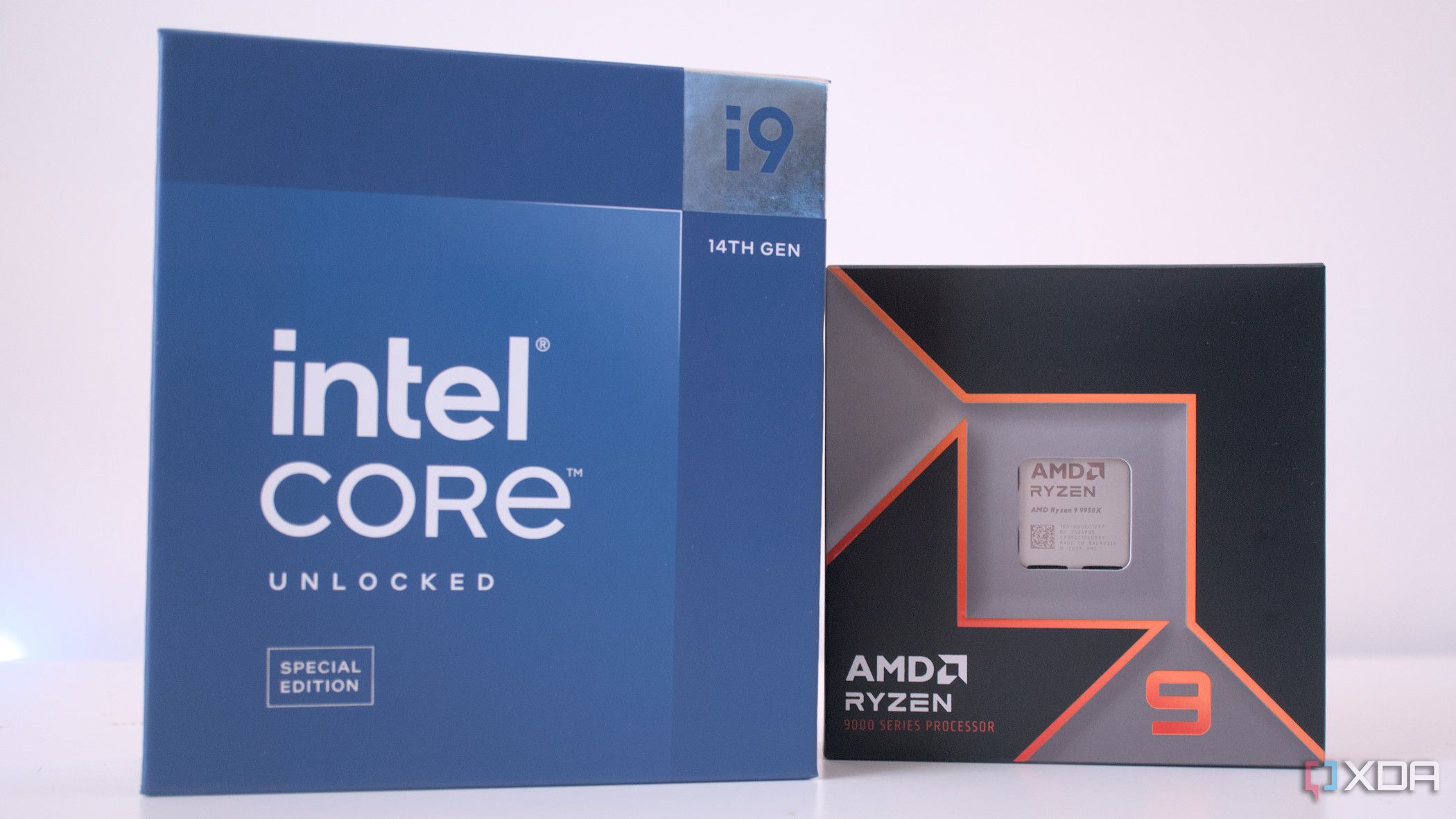Well, okay, $1,100, to be exact, but that doesn't change anything. When I reviewed the Asus ProArt PZ13 back in January, I was undoubtedly impressed by what Qualcomm's latest chips could do. However, I took it on a proper trip only in March, when I had to stay away from my desktop for a week. I hadn't used a dedicated laptop for work in years, so I naturally had some misgivings about the prospect of working on the go.
The ProArt PZ13 with the Snapdragon X Plus CPU, however, laid all my anxieties to rest with its game-changing battery life, stellar display, comfortable form factor, and all the performance I really need on a travel device. Even the app support wasn't a challenge for my particular workflow as a tech writer. Needless to say, I'm more open than ever towards laptops, and I won't be limiting myself to Intel and AMD anymore when I eventually buy one for myself.

Related
Qualcomm warped the PC industry, and now it's taking a victory lap
Snapdragon X was a good start. Now, Qualcomm has to prove its staying power.
The fantastic battery life changed my outlook on laptops
It's no small feat
When the pandemic turned most of our jobs into work-from-home gigs, I shifted from my company-provided laptop to my desktop for almost all of my work. After almost 5 years of avoiding laptops, I now had the task of using one to write an entire week's worth of articles, and I wasn't looking forward to it. Where my desktop setup allows me to work with impeccable mechanical keyboards, a 27-inch screen, and ample desk space, shifting to a laptop needed some adjustments.
The keyboard, trackpad, and 1440p camera on the ProArt PZ13 were decent enough for writing articles, switching between browser windows for research, and taking calls. The biggest advantage, however, was clearly the lifestyle-altering battery life. I no longer had to stay chained to the wall after just 5 or 6 hours of usage. Whether I was working in a hotel room, cafe, restaurant, or on a long flight, I could, for the first time, forget about battery anxiety.
The power efficiency of the Snapdragon X chips is more than just a natural upgrade — it has completely changed the game when it comes to laptops. Intel hit back with its Lunar Lake and, later, Arrow Lake CPUs, but Qualcomm remains ahead in battery life. On top of that, the beautiful 3K OLED touchscreen of the ProArt PZ13 meant I was enjoying work a little more than usual. And all of this in an $1,100 package — with 16GB RAM and 1TB storage.

Performance on Snapdragon X Plus is not a concern
Not for my travel needs, anyway
Battery life is one thing, but performance and compatibility are another. Thankfully, Qualcomm's lower-tier Snapdragon X Plus chips aren't a problem when it comes to running most common programs. For my workflow in particular, all I need is a browser, an image editing tool, and seamless connectivity to Wi-Fi and my wireless mouse. I don't need fast multi-core performance or high-end gaming chops on a travel laptop.
The ProArt PZ13 did all I needed it to do on a week-long trip. Even the number of native apps on Arm is growing fast, and it's highly possible that you'll not find anything that doesn't run on it (with or without emulation). Most professionals who need a reliable, snappy, and affordable device can easily invest in the Snapdragon X ecosystem, especially with an OLED touchscreen convertible laptop priced at $1,100 (before you consider regular sale discounts).

Related
Dell XPS 13 Snapdragon vs Intel Lunar Lake: Who comes out on top?
It's a battle between two fantastic processors in the same laptop. Which one is better?
I don't feel the need to stick to Intel or AMD anymore
A momentous shift
After using and loving the ProArt PZ13 on my trip, I recently had to send it back to Asus. I'm now out of a laptop — I always was, but now I feel things have changed. I've realized that my desktop isn't as essential to my work as I thought; a great laptop is fully capable of replacing it. I'm now considering buying one for when I need to embark on another work trip, and for the first time, I'm considering something other than Intel or AMD.
AMD's Ryzen AI 300 laptops provide the most CPU horsepower today, with Intel Lunar Lake being a great all-rounder. That said, Snapdragon X laptops, especially the affordable options, fulfill all the performance and battery life needs of most people. Even the app compatibility isn't a concern, unless your work needs the few programs still not supported on Arm.
AMD and Intel laptops similar to the ProArt PZ13 — with OLED touchscreens, 13/14-inch sizes, convertible form factors, and the same RAM and storage — often cost more, especially when you consider the PZ13 often falls to as low as $800 during sales. Qualcomm has disrupted the industry with its future-looking chips, and with the upcoming Snapdragon X CPUs later this year, we're probably going to see a lot more exciting stuff. I might as well wait before I buy a new laptop.

Related
Despite the drama, these 5 reasons mean x86 isn't going anywhere
Arm processors have shaken up the market, but x86 isn't folding any time soon
Snapdragon X chips have fast-tracked the future
The difference between previous Windows on Arm experiments and the current disruption we're seeing in the market is the adoption by both manufacturers and consumers. The industry saw the massive promise of performant yet long-lasting laptops, and decided to run with it. We've seen every manufacturer launch Snapdragon X devices, and Intel and AMD have had to course correct to stay competitive. There are finally not two, but three players in the mobile computing space, and we might see the same in the desktop world pretty soon.
.png)













 English (US) ·
English (US) ·